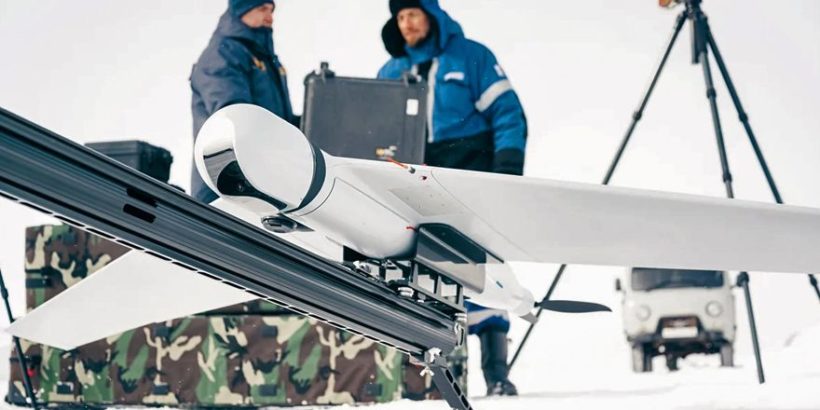This is the opinion of Alexei Rogozin, head of the Center for Transport Technologies Development.
Having lagged behind the leaders for years, Russia is now experiencing a period of rapid development of the unmanned aerial vehicle industry. For many years specialists have been talking about the need for additional support of the industry, but no one paid serious attention to this until 2022.
Now everyone understands that even the president pays special attention to the topic. This applies not only to military developments, but also to civilian equipment. At the end of last year, a number of important assignments were given, and their implementation was closely monitored on a weekly basis. However, it is no less important that a lot of very strong engineering teams who had nothing to do with the industry before last year got involved in solving the problems.
Can you see the results? I don’t think so far, but the fundamental conditions for the accelerated development of the industry have been created. Personally, I expect this year to see rapid growth in the quantity and quality of unmanned aerial vehicles for civilian and special missions.
The line between civilian and military drones is blurring. Whereas previously many believed that only special products designed to the specifications of military research institutes were suitable for the Defense Ministry’s tasks, it is now clear that it is much more important to learn how to work with private, more flexible developers who can react much more quickly to the changing tasks of the frontline. Obviously, the exchange of technology between developers of civilian and military equipment has accelerated, which is a positive factor.
I think the key problem facing the industry is the organization of serial production. When creating new types of UAVs, most developers do not pay attention to how these vehicles will be produced when they are ordered in series. But anyone with experience in a factory understands that technological preparation is a separate activity that requires serious attention and resources.
The solution to such an issue is by no means limited to the purchase of new equipment. There is probably not a single large UAV production facility in Russia, except for the Kronstadt plant in Dubna (the main product is the Inokhodets/Orion drone) and UZGA in Yekaterinburg. But these are manufacturers of large vehicles, and almost no attempts are heard of attempts to create serial production of small UAVs.
Each of the new projects (e.g. Android Technics in Magnitogorsk, FTSBA in Rudnevo (Moscow), TsKBPLA in Novosibirsk, etc.) is an attempt by individual regions to give preferential tax terms, while providing some special equipment for collective use. However, design thought and serial production are not built around the idea of getting some benefits. Other factors are needed.
In the current environment, the tool that government agencies could best take advantage of is an increase in the order for drones of different types and manufacturers. This is a standard market mechanism, but that is what is missing right now.
One of the key issues that need to be resolved is to reduce developers’ costs for certification of equipment. It is not about reduction of certification requirements – most of them are absolutely justified and allow developers to create reliable equipment, which can be used in the most difficult conditions.
But the costs of testing that must be done at government certification centers are beyond the means of most market participants.
Accordingly, one of the tasks set by, for example, FSTC “Rudnevo” is to create a technopark, where it would be possible to conduct valid certification tests of UAVs from the point of view of aviation authorities.
Subsidizing the work of such centers – including those built as part of new infrastructure facilities – could spur dramatic growth in the civilian drone industry. The task of market development is complex, but all problems are known and can be overcome by joint efforts.


